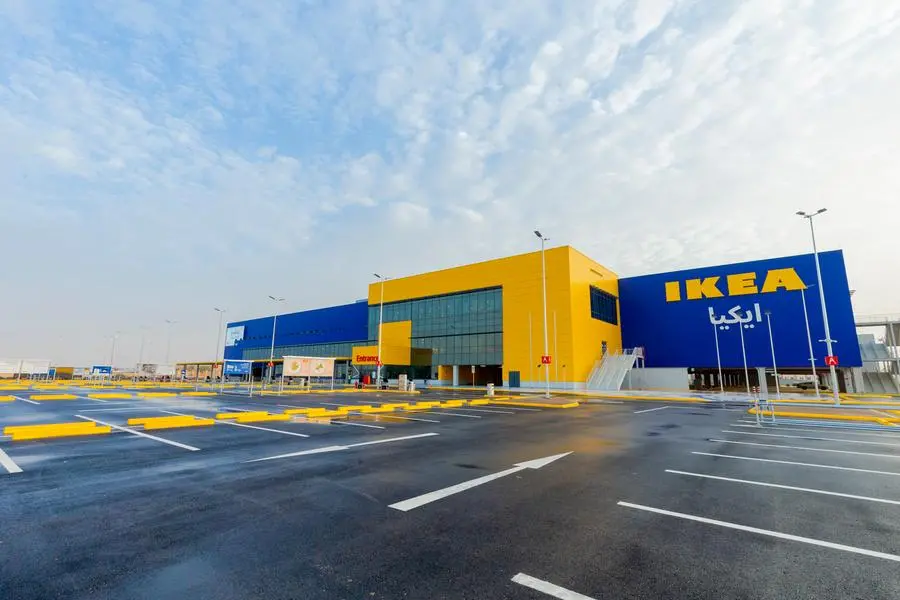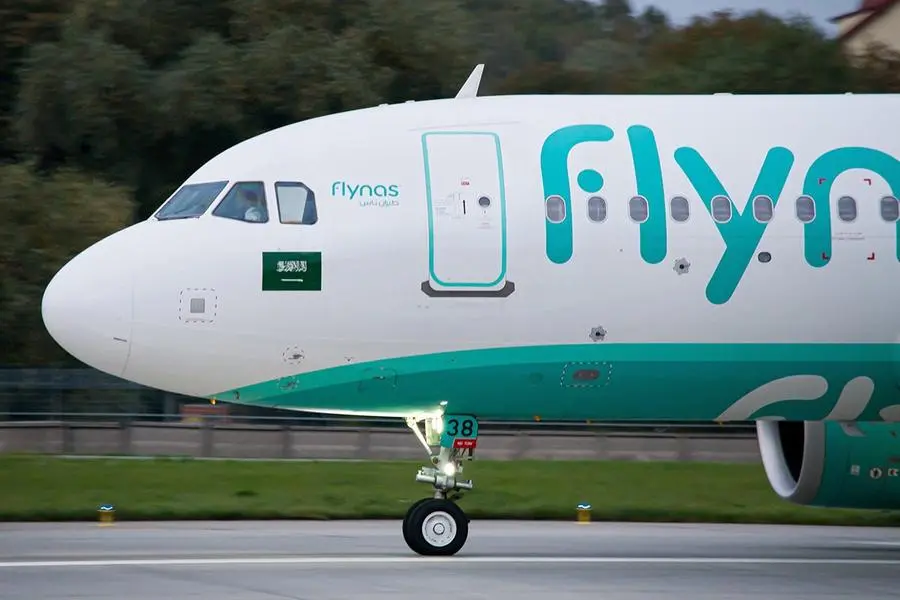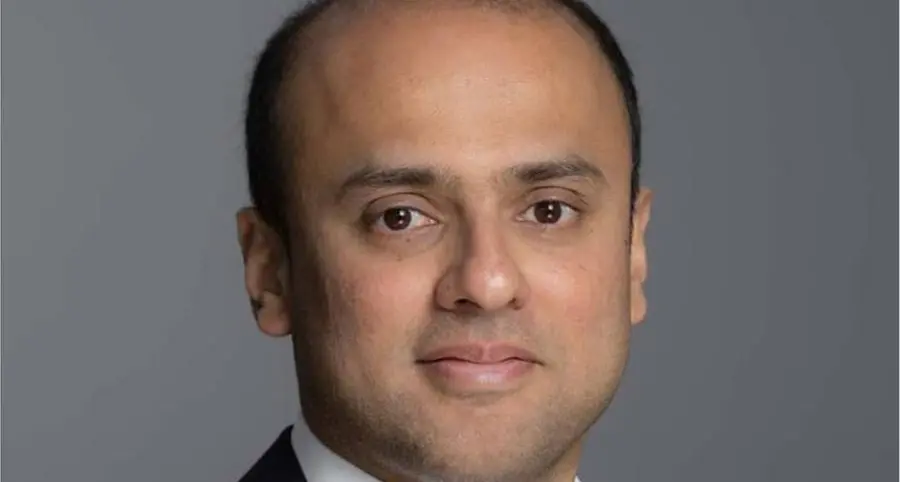ABU DHABI, 28 Feb, 05 (WAM) - The Environmental Research and WildlifeDevelopment Agency (ERWDA) has released two juvenile Eagle Owls backinto the wild after it came to their rescue almost a year ago. ERWDA'sAbu Dhabi Falcon Hospital helped both birds recover fully and is nowconfident that they can continue on to live a strong and healthy life.
The UAE's breeding population is estimated to be around 25-50 pairs andEagle Owls are listed as a priority species for conservation.The birds were admitted to the hospital almost a year ago. They werevery weak and dehydrated with one owl having been wounded in the rightwing and sustaining serious damage. The birds were immediately preparedto undergo intensive treatment to repair the damaged wing which has nowhealed perfectly. The second owl had suffered from massive salmonellosisand severe diarrhoea. Both owls received treatment for the diarrhoeaand dehydration and were given special vitamins and minerals. The birdswere then tagged to monitor the progress of their health and releasedback into the wild.
Conservation The Eagle Owl is not globally threatened and is listedunder Appendix II of the Convention on International Trade of EndangeredSpecies of Wild Flora and Fauna (CITES). However, the long-term conservationof the Eagle owl in the UAE depends on the continued availability ofsuitable habitats for feeding and breeding.
The Eagle owl may live up to 50-60 years in captivity. However, in thewild, they live for about 20 years. They have no real natural enemiesbut collision with power lines and fences and in some cases shootingmay be a problem.The Eagle Owl, also known as the Desert Eagle Owl (bubo ascalaphus),is one of the largest kinds of owls and is found throughout North Africa,Asia, the Middle East and Europe. In Asia and the Middle East, it isfound mainly in areas dominated by cliffs, rocky outcrops and in sandydeserts with Ghaf trees (Prosopis cinerea). They are usually about 46-50cm long and females weigh up to 2.3 kg while males weigh between 1.7- 2 kg. Their voice can be heard as a characteristic single deep 'whu.'They like to nest on cliff ledges and rock crevices and in the Abu DhabiEmirate, nests have been found under Prosopis trees.
Eagle owls are usually solitary birds that defend their territoriesand are known to partner for life. The major part of their diet consistsof desert rodents, Jerboa, and Hare with Gerbils as favored prey. Theirdiet also includes birds, reptiles and some insects.
The Abu Dhabi Falcon Hospitalprovides medical services for falcons from UAE and GCC countries. Ithas taken on a leading role as the premier address for falcon specificmedicine in the UAE. In 2004, the Hospital has had 3,173 visits sinceit was founded in 1999.
The Hospital also aids in the combating of the illegal trade of endangeredbirds of prey as the exclusive registration centre for the Conventionon International Trade in Endangered Species of Wild Fauna and Flora(CITES) Falcon Passport for Abu Dhabi Emirate.


